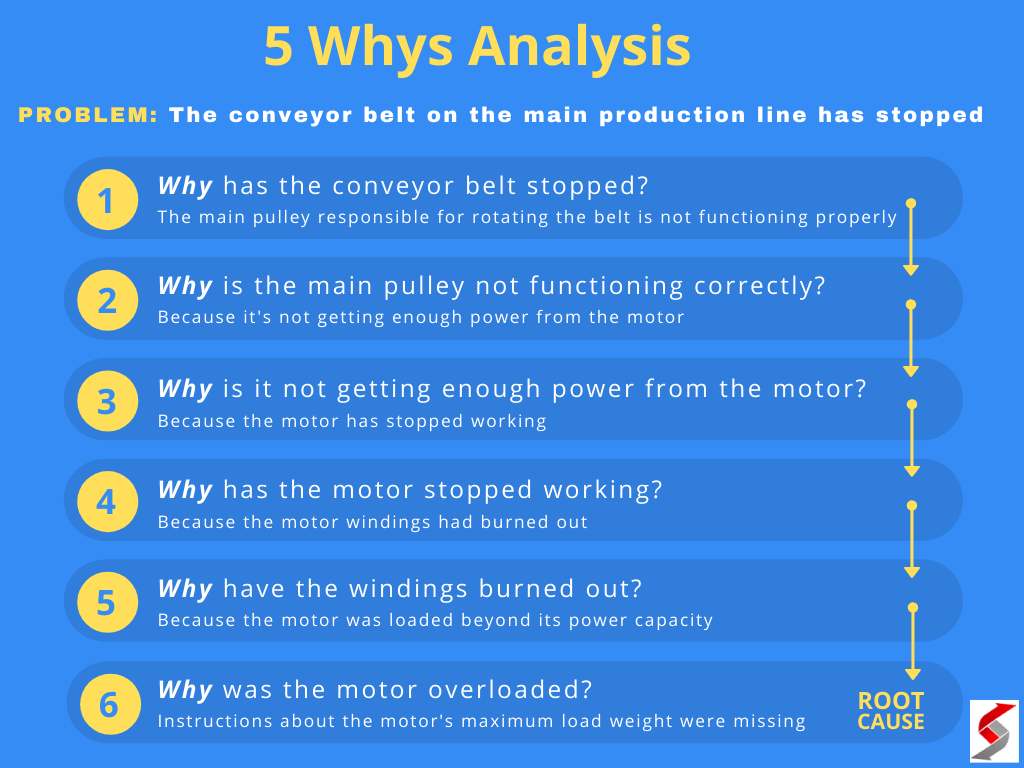Understanding Automotive Systems: Key Components, Functions, and Practical Guidance
Introduction to Automotive Systems
An automotive system encompasses the collection of interconnected components and subsystems that work together to enable the operation, control, and safety of motor vehicles. These systems range from the core mechanical structures-such as the engine and chassis-to advanced electrical networks and comfort features. Understanding how these systems interact is crucial for vehicle owners, technicians, and anyone interested in automotive technology. [3]
Core Automotive Systems and Their Functions
Every automobile is made up of several major systems, each with a unique function. Let’s break down the most important ones, their roles, and how they affect performance and safety.
1. Engine System
The engine system is the heart of the vehicle, responsible for converting fuel (gasoline, diesel, or alternative fuels) into mechanical energy. Most passenger vehicles use internal combustion engines, which ignite a fuel-air mixture to produce movement. Modern engines can also be hybrid or electric, enhancing fuel efficiency and reducing emissions. [3]
For owners, regular oil changes, using the correct fuel, and monitoring engine health are key steps to maintaining this system. If issues arise, such as knocking sounds or performance drops, consulting a certified mechanic or referring to the vehicle’s manual is recommended.
2. Transmission System
The transmission system transfers engine power to the wheels, allowing the vehicle to move at different speeds. Automatic and manual transmissions manage gear shifting to optimize performance. Transmission maintenance includes checking fluid levels, watching for shifting issues, and seeking professional inspection for leaks or rough gear changes. [4]
3. Suspension System
The suspension system ensures a smooth ride by absorbing shocks and maintaining tire contact with the road. Components like springs, shock absorbers, and sway bars work together to provide stability. Regular checks for worn parts, such as ball joints or sway bars, can prevent unsafe handling. [5]
4. Braking System
Brakes are critical for safety, allowing drivers to slow or stop the vehicle. This system includes brake pads, rotors, calipers, and sometimes advanced features like anti-lock braking (ABS). Maintenance involves inspecting pads for wear, monitoring brake fluid, and listening for unusual noises that may indicate problems. [4]
5. Steering System
The steering system enables precise control of the vehicle’s direction. Components include the steering wheel, rack and pinion, tie rods, and associated linkages. Responsive steering is vital for handling, so check for alignment issues or loose parts regularly. [5]
6. Electrical System
An automobile’s electrical system powers everything from the starter motor to lighting and infotainment. Core components include the battery, alternator, ignition system, and complex wiring harnesses. Electrical faults can manifest as starting problems or malfunctioning accessories. Technicians use diagnostic tools to trace issues, but owners can help by ensuring battery terminals are clean and connections are secure. [1]
7. Fuel System
The fuel system stores and delivers fuel to the engine. It includes the tank, pump, filter, and injectors. Regular filter changes and using quality fuel can prevent blockages and maintain efficiency. [3]
8. Exhaust System
The exhaust system manages the byproducts of combustion, reducing harmful emissions and noise. Components include the exhaust manifold, catalytic converter, and muffler. Keeping this system in good shape is essential for regulatory compliance and environmental stewardship. [5]
9. Body and Chassis System
The body and chassis provide structural integrity and house all the vehicle’s components. The chassis includes the frame, suspension, and mounting points for other systems. Regular inspection for rust, damage, or loose fittings helps preserve safety. [4]
10. Auxiliary Systems
Modern vehicles also include auxiliary systems such as climate control, infotainment, navigation, and advanced driver assistance systems (ADAS). These enhance comfort, convenience, and safety. Owners should refer to the vehicle’s manual for troubleshooting and updates.
How Automotive Systems Work Together
Each system in a vehicle is interconnected, meaning problems in one can affect others. For example, an engine issue can impact the transmission, while electrical faults may disable key safety features. Regular maintenance-following manufacturer guidelines-is the best way to ensure all systems function properly. [3]
Practical Guidance: Maintenance and Troubleshooting
Maintaining your automotive systems is essential for safety, reliability, and performance. Here are step-by-step instructions for effective care:
- Review your owner’s manual for recommended service intervals.
- Inspect fluid levels monthly (engine oil, brake fluid, coolant, transmission fluid).
- Monitor tire pressure and tread depth regularly for optimal handling and safety.
- Schedule annual inspections with certified automotive technicians.
- Address warning lights or unusual noises promptly by seeking professional diagnostics.
If you need expert help, you can:
- Search for “ASE-certified auto repair shops near me” for qualified technicians.
- Consult reputable dealership service centers for brand-specific expertise.
- Contact your vehicle’s manufacturer for support and recall information.
Benefits of Understanding Automotive Systems
Knowledge of automotive systems empowers you to:
- Diagnose problems more effectively, reducing repair costs.
- Enhance vehicle safety and reliability.
- Extend the lifespan of your car through proactive care.
- Communicate clearly with service professionals.
For those pursuing automotive careers, expertise in these systems is vital for delivering quality service and building customer trust. [1]
Alternative Approaches and Next Steps
While most vehicle owners rely on professional service centers, some enthusiasts pursue DIY maintenance. If you choose this route:
- Invest in quality tools and safety equipment.
- Take online automotive courses from accredited institutions.
- Stay current with industry news and technical bulletins.
If you’re unsure about a repair or system issue, always consult an expert to prevent further damage.

Source: slideshare.net
Accessing Automotive Services and Opportunities
To access automotive services or learn more about vehicle systems, you can:

Source: slideshare.net
- Visit local auto repair shops, parts retailers, or dealership service departments.
- Search for “automotive technician training” through community colleges or technical schools.
- Refer to official manufacturer websites for maintenance schedules and recall information.
- Contact industry organizations, such as the National Institute for Automotive Service Excellence (ASE), for certified technician listings.
For specific problems or questions, describe your issue in detail when contacting professionals to receive the most accurate support.
Key Takeaways
Automotive systems are complex, interconnected networks that drive vehicle performance, safety, and comfort. Understanding their components and functions is the foundation for effective maintenance, troubleshooting, and communication with experts. Whether you’re an owner, technician, or industry newcomer, leveraging this knowledge can help you keep vehicles running smoothly and safely.
References
MORE FROM gowithdeal.com













